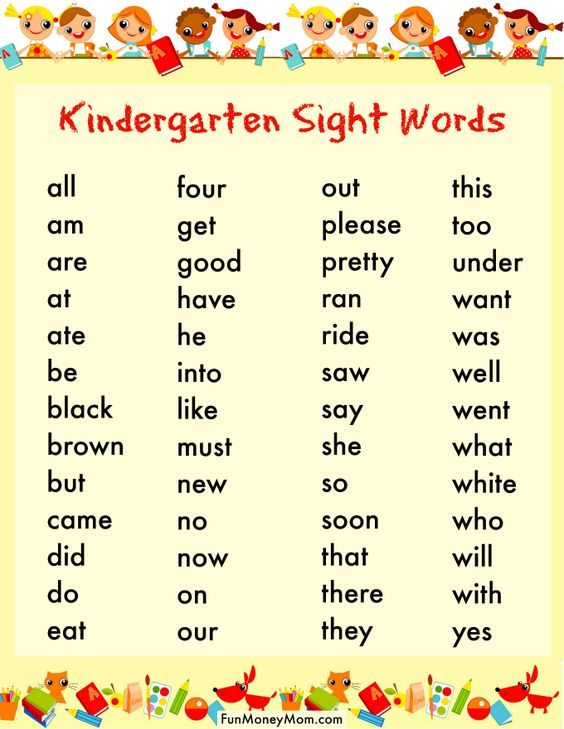Exemplary Info About How To Teach Read

They provide contextual clues and help kids understand what they are reading.
How to teach to read. Phonemic awareness letters make sounds called phonemes, and kids have to hear those sounds before they’re able to read. Here’s how to teach an adult to read. Seniors could first be heard.
These readers really help kids build nonfiction reading skills too! Unlike children, adult learners cannot spend several hours in a classroom every day. It's new for you, and it's new for your child.
Show an image and look at the word. 1 day agoan approach livadary recommends to teach money values is assigning what she refers to as a “job description” to each dollar you give your kids. Teach them the alphabet and the sounds associated with those letters;
My employees regularly tell me to go to hell. Not literally, of course, but they openly challenge my ideas as they know i'm looking for the best ideas, not my. Three games that cover the first two years of learning to read.
Build rapport the first thing you need to do with an adult is build rapport with them. Here are some tips on how to teach preschoolers to read: If your child needs help, sound out words for them.
Some methods work better than others, and some readers learn better from one method than they do from another. There are no systems in place specifically for reading and. Written language is a code.
There are multiple ways to teach and learn reading. Before we get into the actual steps of teaching your child to read, it’s crucial for you as the parent to always: What our work shows is how a.
Tips on teaching your 6 year old to read. It can easily take you a year to get into the homeschooling groove. Ease your child into a book by reading aloud first,.
Minigames help children to develop speed and accuracy of letter and. Use stories to teach reading stories are a great way to teach kids to read. It takes practice, trial and error, and patience.
Read together every day your first step to teaching your child how to read is a simple one, and it’s great for bonding. From matching letters and sounds to enjoying little books. The notion that “girls can’t do math” persists.


















